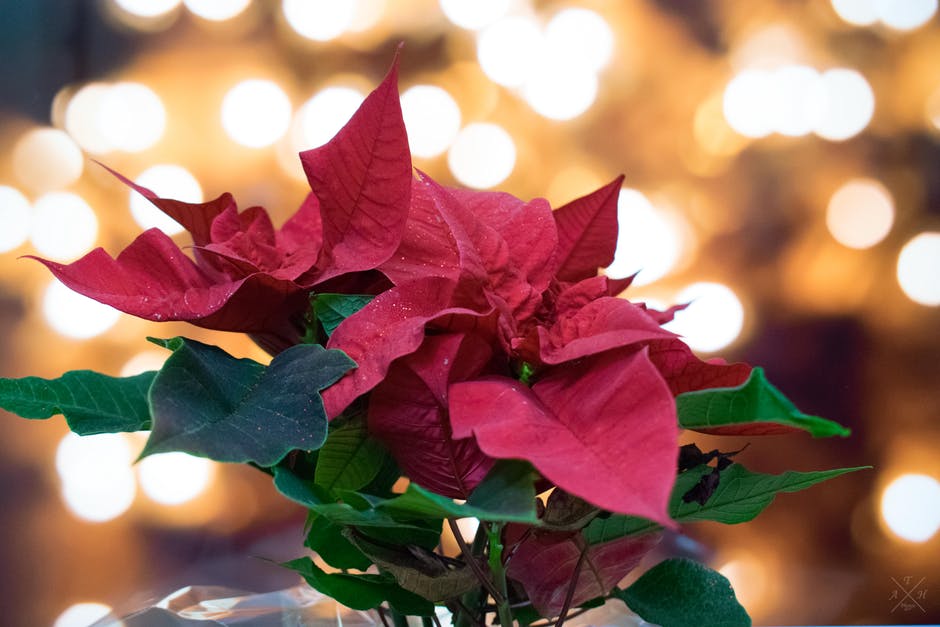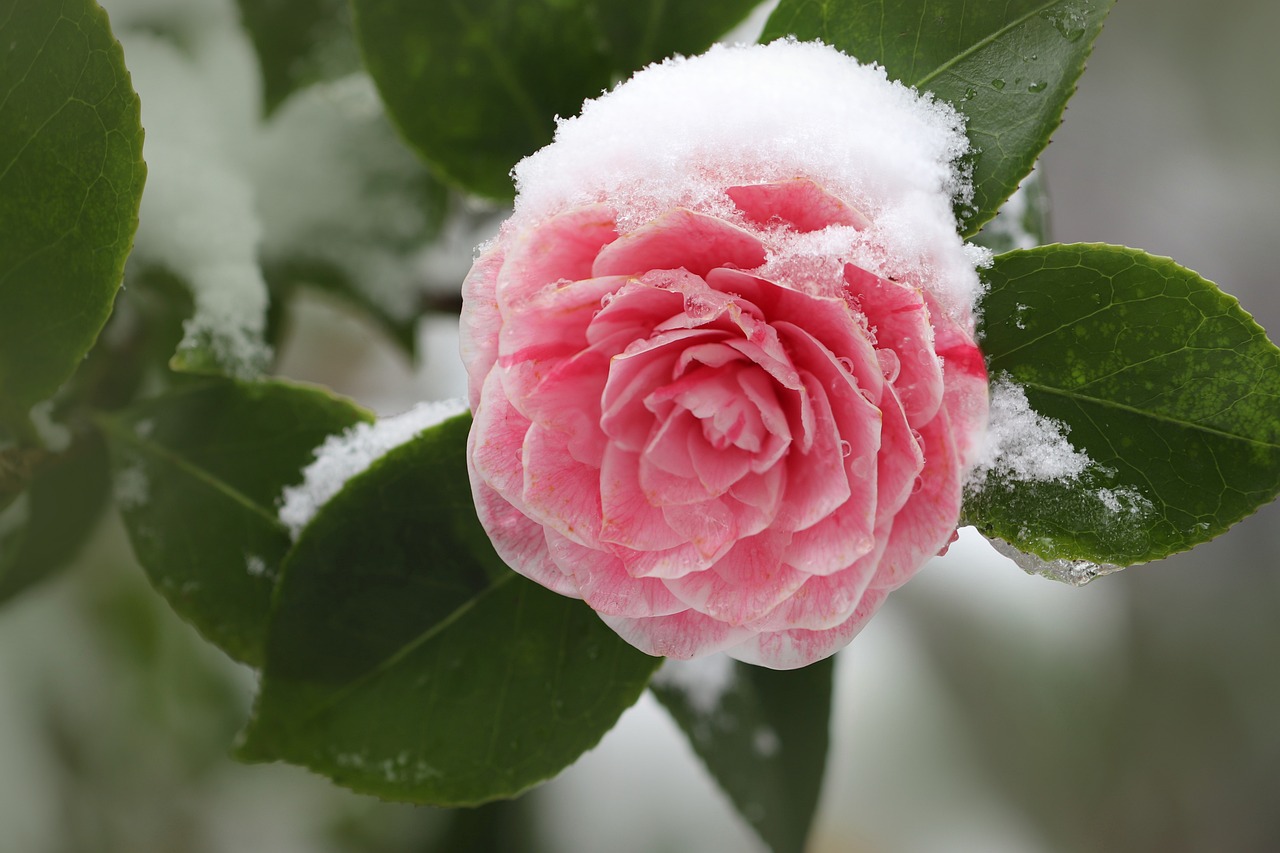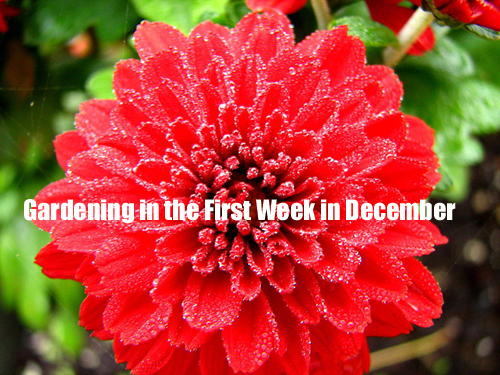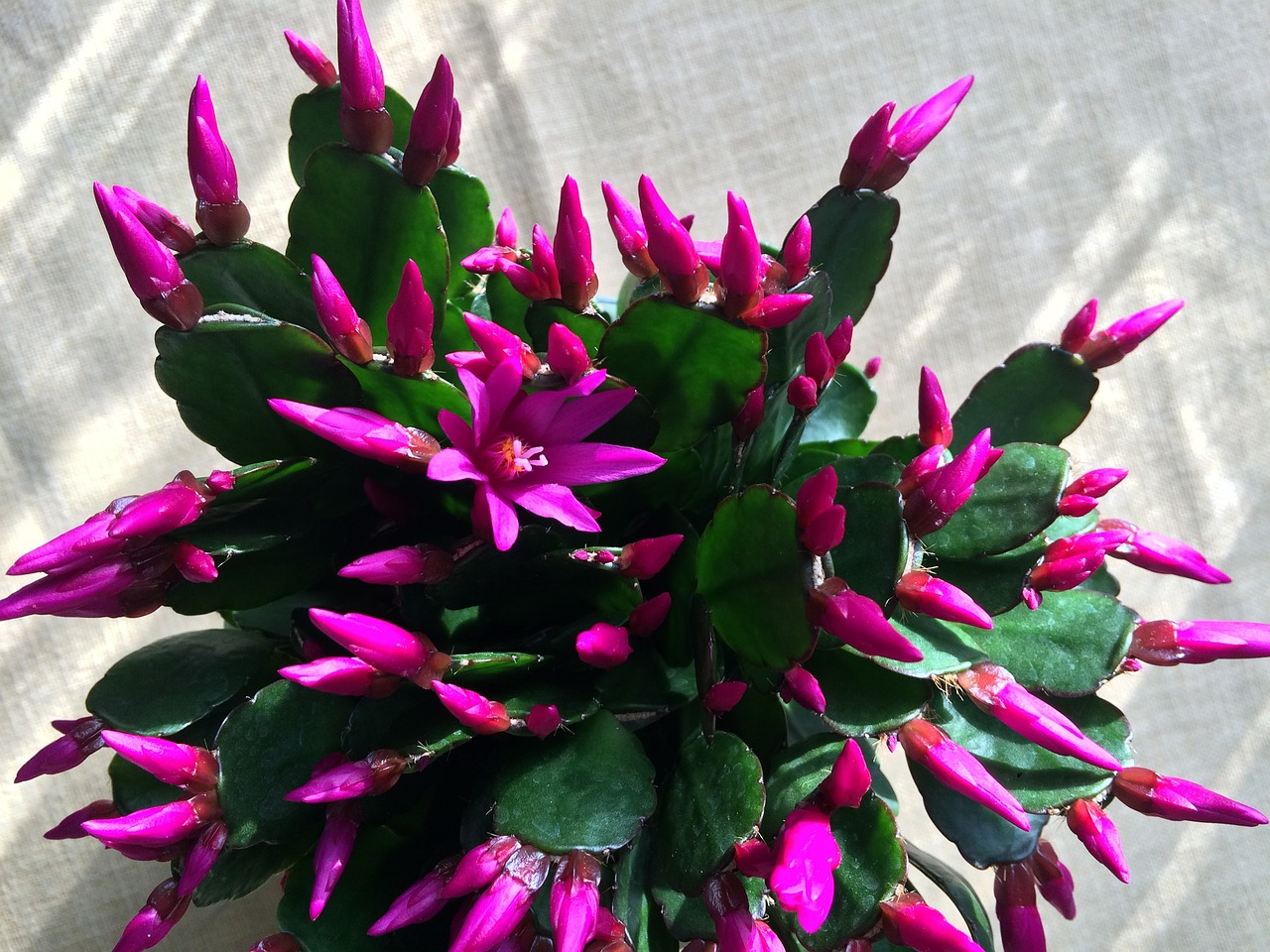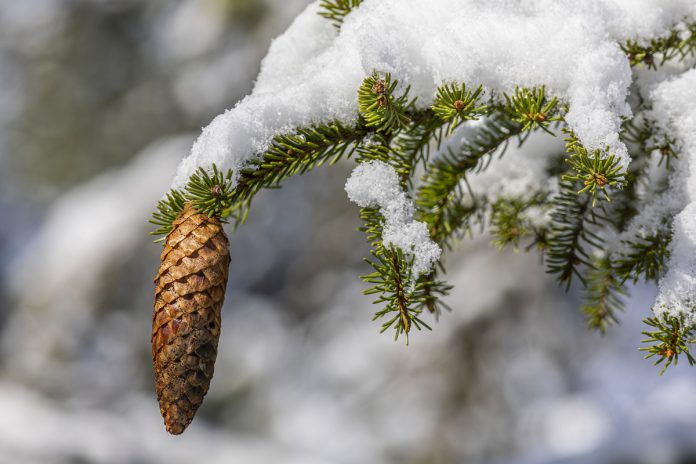How to Re-bloom Poinsettia
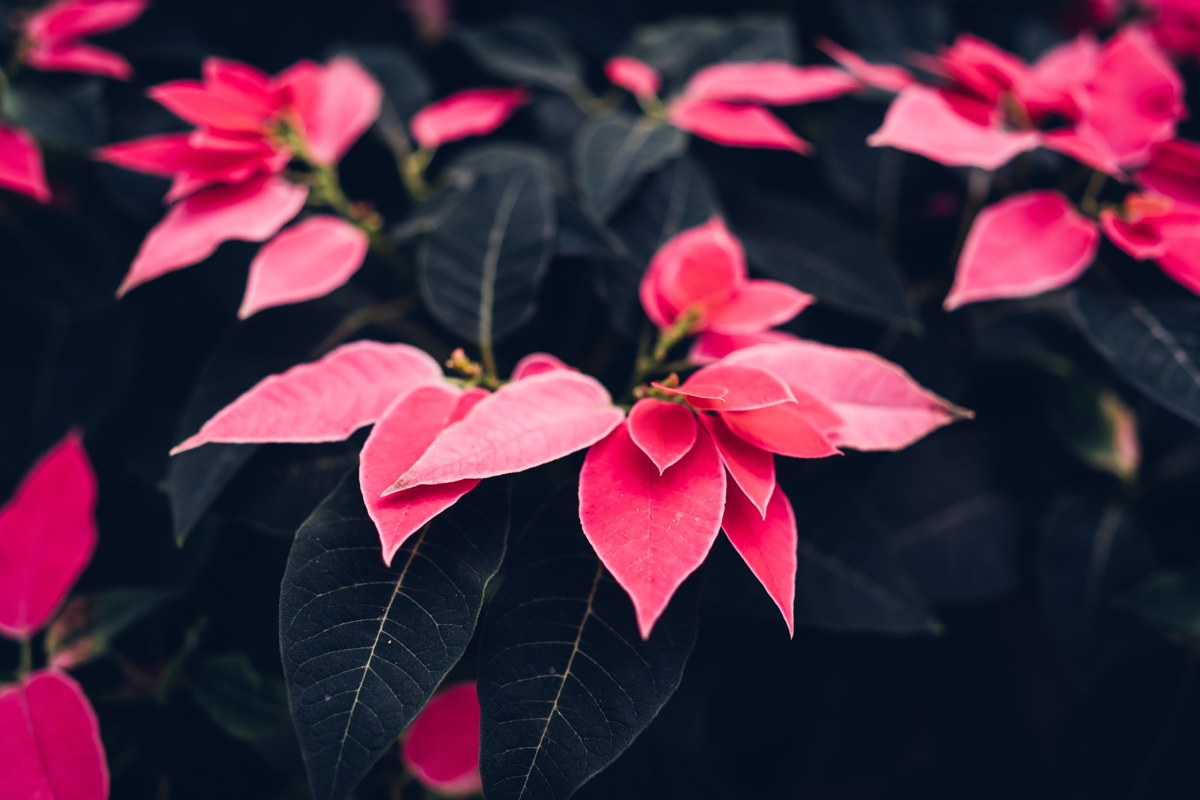
The Poinsettia houseplant still holds first place as one of the most favored holiday flowers. The question that is most frequently asked: “How can I keep my Poinsettia through the entire year and have it re-bloom next season”? This is a precise procedure but if done well you will experience a sense of accomplishment and it is an excellent bragging point with your friends since it does involve some effort.
The process begins with how you treat your Poinsettia from the time of arrival at your place of residence. Remember you are dealing with a tropical plant so this houseplant will certainly enjoy a south,west or east positioned window to a north one. The direct sunlight is important and attempt to provide as much as you can.
Heat is another factor. If you want the Poinsettia to bloom for a long time, try to maintain a temperature of 65-75 degrees F. You can lower the temperature at night to 60 degrees F without any ill effects to the plant. Exposure to chilly drafts or leaves accidentally coming in contact with a cold window pane,will result in an early drop of leaves.
You should water the plant whenever it feels dry. It should be watered at least until the water runs out the bottom of the pot. However if your pot has a rimmed saucer attached,do not let the water remain in the saucer. The wilting of a Poinsettia is another reason for leaves falling from the plant.
Following the holiday season is a most important time to start your save the Poinsettia routine.I would continue to water your Poinsettia through January, February and March any time the surface feels dry to the touch. We arrive at April at which time begin the gradual withdraw of watering and allow it to dry between watering. If you notice the stem beginning to shrivel,which happened to me the first time I attempted this procedure, the plant is over stressed and on its way out. In a week to ten days as the Poinsettia has gotten use to the dryness, move it to a cooler spot like a basement or heated garage because you still want to maintain at least a 60 degrees F temperature. By the way through desperate measures of watering I did save the plant but if ignored for more than five days I think you will have a problem. In other words less watering but do not let it get too dry or you will be asking for trouble.
May was the month where I cut back the stems to about four inches and moved the Poinsettia to a 2-3 inch larger pot. At this point water it well and place it in the brightest window light you have in your place. I would watch for new growth and start fertilizing with any good plant fertilizer following the directions on the package.
When all danger of frost in your area has disappeared, if you have to deal with frost,the Poinsettia can be moved outside into a shaded area for two to three weeks to get it use to its new location. Now you can sink the plant into a sunny protected area of your outdoor garden where some light shade is acceptable in the afternoon. It is a good idea to turn Poinsettia a quarter turn at least once a week so the roots do not attached themselves to the soil in your garden. This also helps maintain an even growth of your plant.
During mid summer you should pinch each stem back about one inch and perform the same procedure in August allowing three to four leaves to remain on each stem. By this time your plant should begin to have a bushy look and by the end of August move the plant back indoors to your brightest location and continue watering and fertilizing through September making sure your temperature remains above 65 degrees F.
8 Flowering Plants Ideal for Indoors
Now arrives the most important time of year in the cycle of the re-blooming Poinsettia. Its bud is impacted by the length of the daylight. They require 10-12 weeks of reduced sunlight per day. You will need to create these conditions because they are crucial and patience is a virtue. Starting with October 1,the plants must remain in complete darkness from 5pm to 8am returning them to a sunny window during the day. You can use a box or material to block the light or put them in a closet but if light seeps in through the cracks or you accidentally open the closet the bud will be impacted.
At the end of November you can cancel the darkness and allow the plant to stay in the window. You should be observing flower buds at this time. The fertilizing should cease on December 15th and your plant should be at the same treatment period as in the past year. It should be blooming and ready to start the process all over again that is if the gardener has not become weary.
The Author:
I have been a gardener for over 20 years. I have decided to publish what i have learned for both beginners and experienced gardeners. Gardenersgardening
Photo. Ricardo Esquivel
Photo. AB

